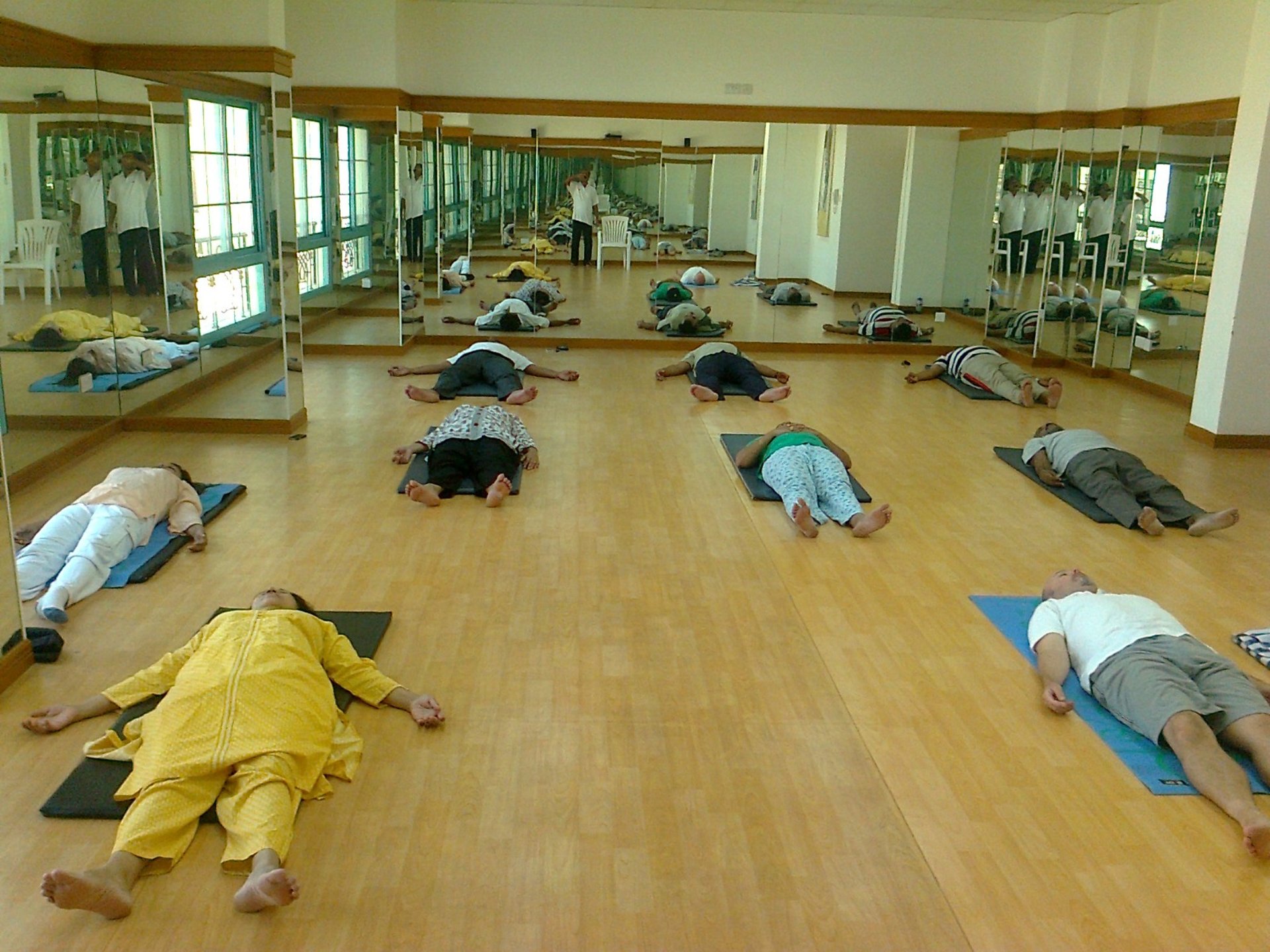

1. Choose a Quiet, Comfortable Space
Find a calm place where you won't be disturbed.
Lie down flat on your back in Shavasana (corpse pose).
Use a yoga mat or soft blanket; keep your body warm and supported.
2. Set an Intention (Sankalpa)
Mentally state a positive affirmation or intention.
Examples:
“I am at peace with myself.”
“I choose to heal.”
🌱 This seed planted during Yoga Nidra helps with personal transformation.
3. Begin with Breath Awareness
Take slow, deep breaths.
Feel your body relaxing with every exhale.
Let go of physical tension.
4. Body Scan (Rotation of Consciousness)
Bring awareness to different body parts in sequence.
Usually starts from the right hand → arm → shoulder → then the left side → legs → torso → face.
Just notice each part. No movement needed.
5. Awareness of Breath
Observe your natural breath as it flows in and out.
Feel the breath in the nostrils, chest, and abdomen.
6. Sensations & Emotions
Allow emotions or physical sensations to rise without judgment.
You might be guided to feel opposing sensations (hot/cold, heavy/light).
7. Visualization
Imagine calming scenes (a beach, forest, or light).
Visualizations vary in guided sessions and enhance subconscious healing.
8. Reaffirm Your Sankalpa
Repeat your intention mentally with faith and emotion.
The mind is receptive in this relaxed state.
9. Return to Waking Awareness
Slowly bring awareness back to the body and surroundings.
Move fingers and toes gently.
Turn to your right side and sit up when ready.
🔁 Duration & Frequency
Ideal duration: 20–40 minutes.
Practice: 3–5 times a week, or even daily for deep transformation.
🧘♀️ Steps to Practice Yoga Nidra



